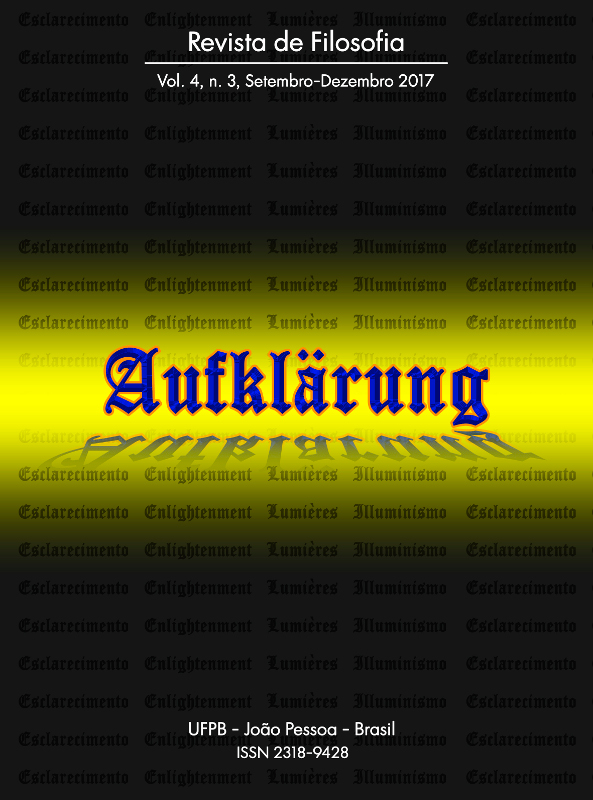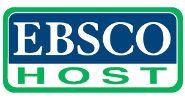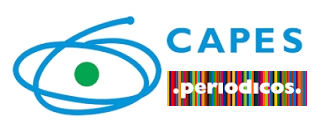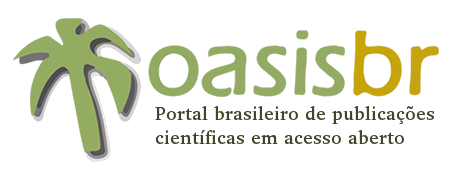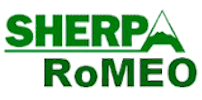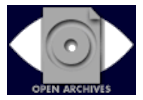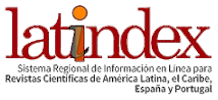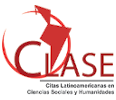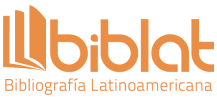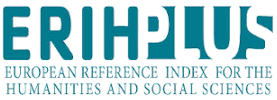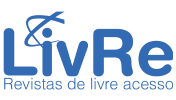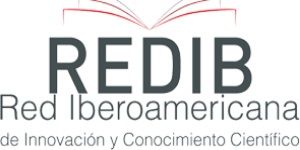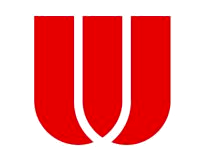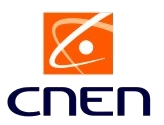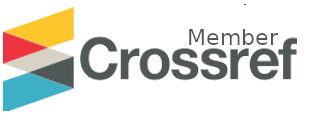Interpretamos porque morimos. Arte e interpretación en la filosofía hermenéutica de la finitud de Ortega y Gasset
DOI:
https://doi.org/10.18012/arf.2016.37487Keywords:
Ortega y Gasset, Hermenéutica, Vida Humana, Razón Vital, FinitudAbstract
La vida es razón hermenéutica. El arte, como todo fenómeno cultural, es interpretado por Ortega como cosa humana, como algo que sólo tiene sentido en el contexto de la vida humana. Todo texto artístico necesita interpretación porque ningún decir humano es plenamente presente a sí mismo. Ningún texto se dice totalmente a sí mismo. Siempre supone un mundo y reclama siempre otros textos. La limitación del texto se debe a la finitud del ser humano. La interpretación es un signo de la finitud humana. Esto significa que la filosofía hermenéutica de Ortega es también una filosofía de la finitud.Downloads
References
CACCIATORE, Giuseppe. “Ortega y Gasset e Dilthey”. En Luciano Pellicani y Lorenzo Infantino (eds.), Attualita di Ortega. Firenze: Le Monnier, 1984: 89-134.
CEREZO, Pedro. La voluntad de aventura. Aproximamiento crítico al pensamiento de Ortega. Barcelona: Ariel, 1984.
________. “De la crisis de la razón a la razón histórica”. En Mercedes Samaniego y Valentín del Arco (eds.), Historia, literatura, pensamiento. Estudios en homenaje a María Dolores Gómez Molleda, vol I. Salamanca: Narcea-Univ. de Salamanca, 1990: 307-343.
DILTHEY Wilhelm. Der Aufbau der geschichtlichen Welt in den Geistenswissenschaften, Gesammelte Schriften, Band VII. Stuttgart: B. G. Teubner, 5. Auflage, 1968.
GADAMER, Hans-Georg. “W. Dilthey y Ortega y Gasset: un capítulo de la historia intelectual de Europa”, Revista de Occidente 48-49 (1985): 77-88.
________. “Sprache und Verstehen”. Wahrheit und Methode. Ergänzungen-Register, Gesammelte Werke (GW), Band 2. Tübingen: Mohr (Paul Siebeck), 1986.
________. “Grenzen der Sprache”. Ästhetik und Poetik I, GW, Band 8. 1993.
HEIDEGGER, Martin. Brief über den Humanismus, Wegmarken, Gesamtausgabe (GA), Band 9. Frankfurt a. M.: Klostermann, 1976.
________. Die Zeit des Weltbildes, Holzwege, GA, Band 5. 1977a.
________. Der Ursprung des Kunstwerkes, Holzwege. 1977b.
________. Einführung in die Metaphysik, GA, Band 40. 1983.
________. Kant und das Problem der Metaphysik, GA, Band 3. 1991.
________. Sein und Zeit, GA, Band 2. 1977c.
LÉVÊQUE, Jean-Claude. “Ortega y Dilthey”. En Lluis Álvarez (ed.), Hermenéutica y acción. Valladolid: Junta de Castilla y León, 1999: 193-218.
ORTEGA Y GASSET, José. Obras Completas. Madrid: Taurus-Fundación José Ortega y Gasset, 2004-2010. Siglas y vols.:
________.ETG: En torno a Galileo, VI, 1933.
________.FPK: Filosofía pura. Anejo a mi folleto Kant, IV, 1929.
________.G: Preludio a un Goya, IX, 1946.
________.HG: El hombre y la gente, X, 1949/50.
________.HS: Historia como sistema, VI, 1941.
________.MQ: Meditaciones del Quijote, I, 1914.
________.MU: Misión de la Universidad, IV, 1930.
________.PGDD: Pidiendo un Goethe desde dentro, V, 1932.
________.PMRV: Principios de metafísica según la razón vital, VIII, 1932-33.
________.QF?: ¿Qué es filosofía?, VIII, 1929.
________.QV?: ¿Qué es la vida? Lecciones del curso 1930-1931, VIII, 1930-31.
________.TNT: El tema de nuestro tiempo, III, 1923.
________.VE: Velázquez, VI, 1950.
________. La reviviscencia de los cuadros, Obras completas, vol. VIII. Madrid: Alianza-Revista de Occidente, 1983.
REGALADO, Antonio. El laberinto de la razón: Ortega y Heidegger. Madrid: Alianza, 1990.
SALAS, Jaime de. “Vida y biografía en Ortega”. Revista de Occidente 74-75 (1987): 77-87.
XIRAU, Ramón. “Velázquez, Goya. Dos biografías”. En VV. AA., José Ortega y Gasset. México: FCE, 1984: 77-110.
Additional Files
Published
How to Cite
Issue
Section
License
Journal general policy
1.This journal works under a Creative Commons License aplied to online journals. That icence can be read in the following link: Creative Commons Attribution 4.0 International (CC BY 4.0).
2.Accordingly to this License, a)the journal declares that authors hold the copyright of their articles without restrictions, and they can archieve them as post-print elsewhere. b)the journal allow the author(s) to retain publishing rights without restrictions.
Metadata Policy for information describing items in the repository
1. Anyone may access the metadata free of charge at anytime.
2.The metadata may be re-used in any medium without prior permission, even commercial purposes provided the OAI Identifier or a link to the original metadata record are given, under the terms of a CC BY license refered for the Journal.

